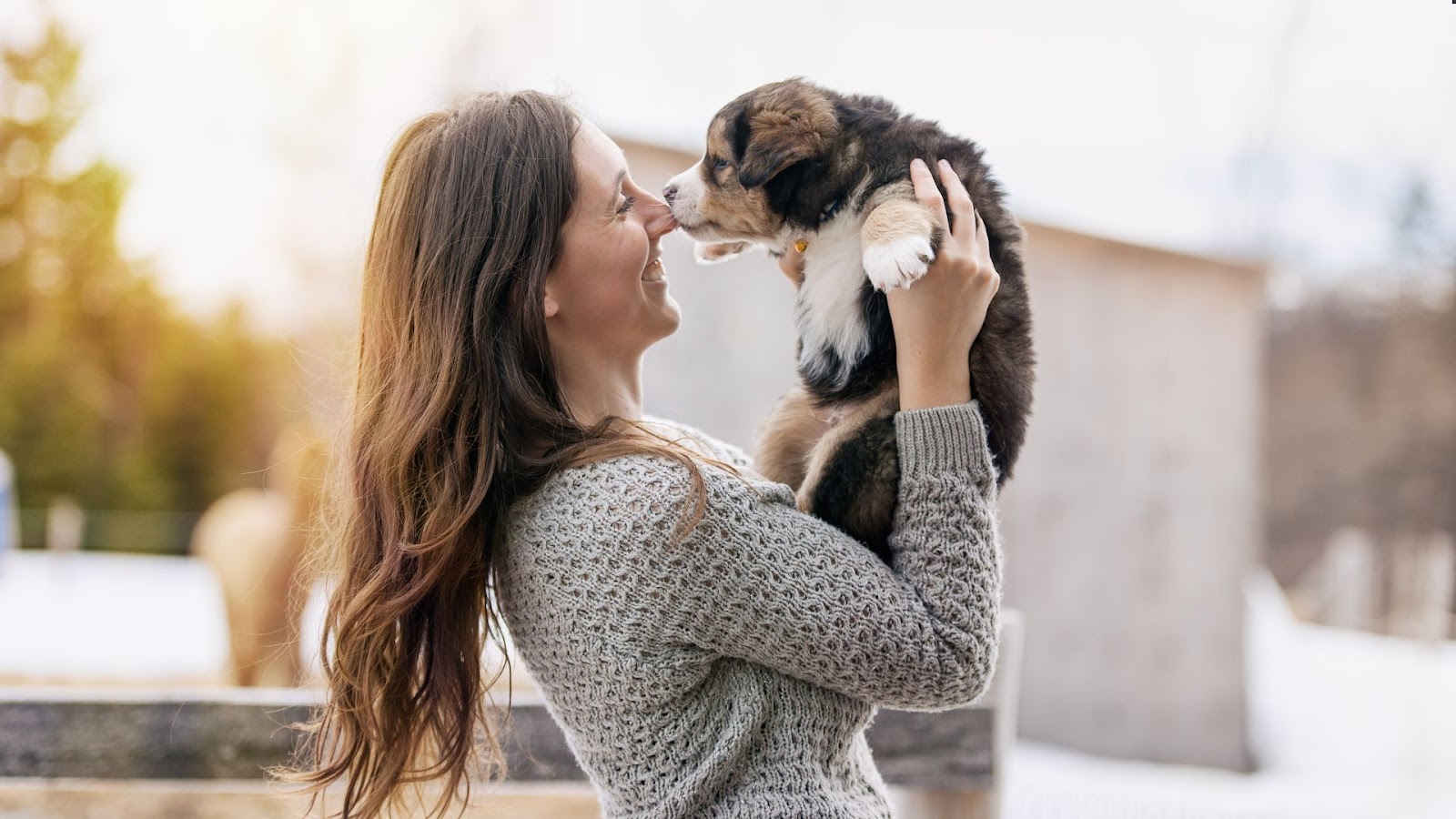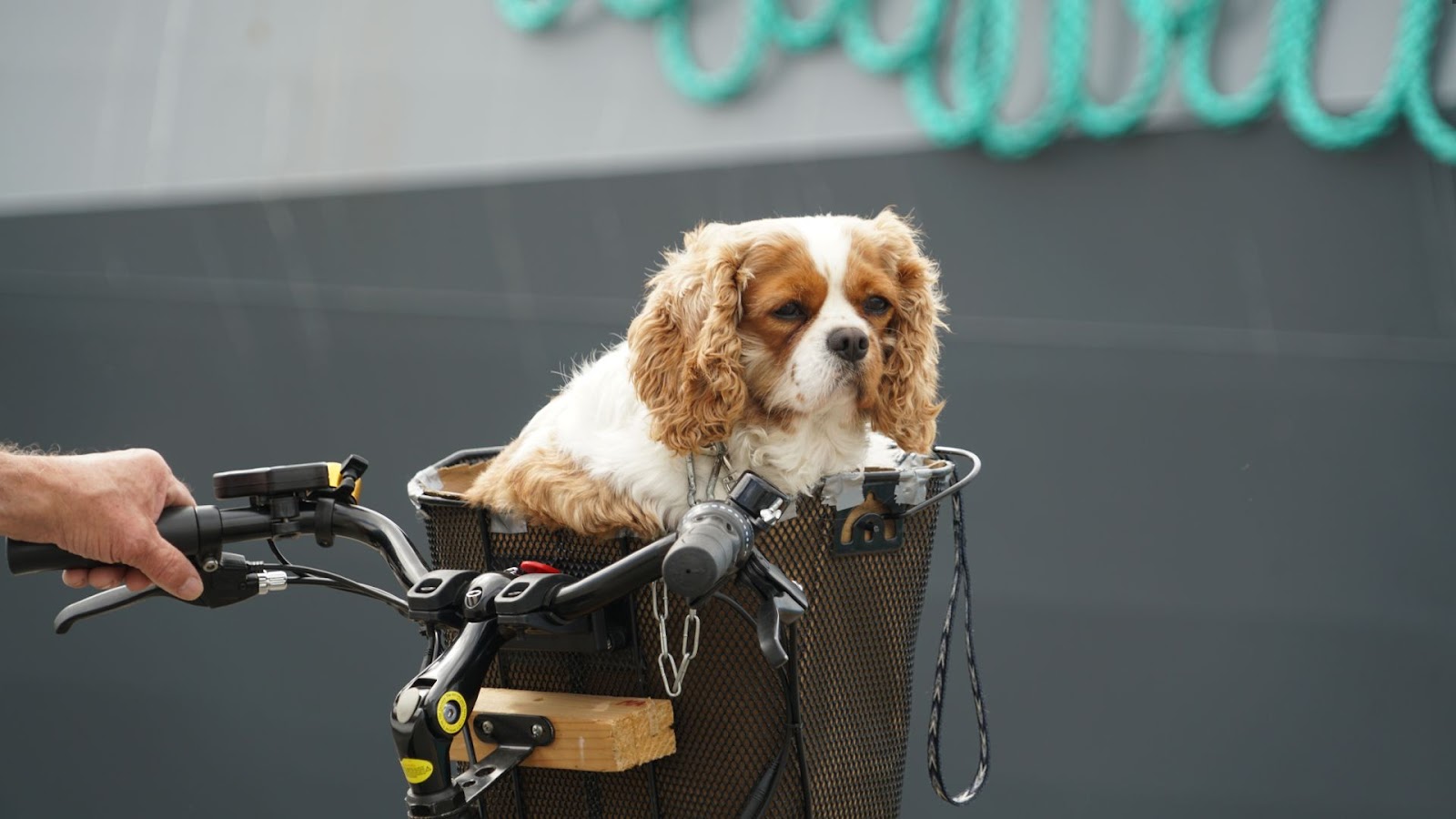Exploring the Outdoors with Your Pup: Tips for a Safe and Fun Adventure
Updated on
Published on

Did you know that around 65 million U.S. households have at least one dog? With more people looking for ways to enjoy nature, outdoor adventures with dogs are becoming more popular. But taking your dog outside isn’t as easy as grabbing a leash and heading to the nearest trail.
Many dog owners run into problems during these outings. Some forget water. Others overestimate how far their dog can walk. And sometimes, they pick a spot that doesn’t even allow pets. All of this turns a fun plan into a stressful experience.
The good news is that it doesn’t take much to plan a safe and fun trip. Whether you're going for a hike, a beach day, or a weekend in the woods, small choices make a big difference. This guide will walk you through what you need to know to enjoy the outdoors with your pup while keeping them healthy, happy, and safe.

1. Understand Your Dog’s Energy Level
Not every dog is built for long hikes or beach runs. Some dogs are full of energy and can handle hours of play. Others prefer short walks and nap breaks. Don’t force your dog into more activity than they can handle.
Pay attention to how your dog behaves during daily walks. If they slow down after 15 minutes, a two-hour trail is not the best idea. On the other hand, if they still have energy after long walks, they may enjoy more demanding adventures. Choose outings that match their comfort zone. That way, both of you enjoy the trip without stress.
2. Use E-Bikes for Dog-Friendly Exploring
For longer outdoor trips, some owners are turning to e-bikes. These allow you to cover more distance while still involving your dog. If your dog is active and healthy, they can run alongside you for short rides on soft ground. For smaller or older dogs, a trailer or front basket works well.
Always start slow. Let your dog get used to the sound and speed of the bike. Make sure the path is safe and not crowded. Use a harness and never attach the leash directly to the handlebars. Safety comes first, especially when combining pets with moving gear.
3. Bring the Right Gear for Your Dog
Packing well means your dog stays happy and safe during your trip. Start with the basics: fresh water, a portable bowl, treats, and poop bags. If you’ll be gone for a few hours, bring a small first-aid kit too.
Depending on the location, you might need extras. Hot pavement or rocky paths may require booties to protect your dog’s paws. If it’s hot outside, bring a cooling bandana or towel. For colder trips, a light dog jacket might help. Pack based on the weather, location, and how long you'll be out.
4. Pay Attention to Weather and Terrain
The weather affects more than just you. Dogs can get tired or overheated quickly in the heat. Avoid hiking during the hottest part of the day. Bring extra water and stop often for breaks. If the ground is too hot for your hand, it’s too hot for your dog’s paws.
Cold weather brings different risks. Snow or ice can make paths slippery. Salt used on sidewalks can hurt your dog’s feet. After a cold-weather walk, wipe their paws to remove any debris or chemicals. Always check the weather before you go and adjust your plans if needed.
5. Teach Trail Manners and Recall Skills
Good behavior on the trail makes every outing more pleasant. Start by making sure your dog can walk calmly on a leash. Pulling or lunging can make hikes unsafe. Practice at home and in quiet parks before heading to busy trails.
It’s also important that your dog responds to basic commands like "sit," "stay," and "come." These skills help if you need to stop quickly or call your dog back in a distracting environment. If your dog is off-leash in approved areas, strong recall is a must. You should be able to call your dog back at any time, even if there are other dogs, people, or animals around.
Respecting other trail users is also key. Not everyone likes dogs, and some may feel nervous around them. Keep your dog close and under control when passing others. Let people know if your dog is friendly or if they should give space. Trail manners are as much about safety as they are about respect.

6. Watch Out for Wildlife and Hidden Dangers
Outdoor areas are full of things your dog doesn't see in daily life. Some of them are harmless, but others can cause problems. Keep an eye out for wildlife like snakes, skunks, or porcupines. Many dogs get curious and may not understand the danger.
Also watch what your dog sniffs or tries to eat. Mushrooms, wild berries, and unknown plants can be toxic. Don’t let your dog drink from streams or lakes unless you’re sure the water is safe. If in doubt, use the water you brought with you. Stay alert during the walk and keep your dog within view at all times.
7. Try a Doggy Backpack for Light Loads
Some dogs can help carry their own gear. A dog backpack lets them hold small items like snacks, waste bags, or a water bottle. This can free up space in your own bag.
Make sure the pack fits well and isn’t too heavy. Dogs should not carry more than 10% to 15% of their body weight. Start with short walks to see how your dog adjusts to wearing it. Not every dog enjoys carrying a load, and that’s okay. Never force it. The goal is to make the outing more enjoyable, not harder.
8. End the Day with Rest and Care
After a day outside, give your dog time to rest. Offer water and a meal once you’re home. Check their paws for cuts, dirt, or ticks. Give them a gentle wipe-down if they’ve been in sand, mud, or tall grass.
Some dogs may feel extra tired or sore the next day. That’s normal after a long outing. Let them relax and don’t push for more activity too soon. A calm evening helps them recharge and stay healthy.
Outdoor time with your dog is one of the best ways to build trust and stay active. But for it to work well, you need to plan. Think about your dog’s health, habits, and comfort. Pick the right spot, pack smart, and stay alert while you're out.
When you do that, both of you can enjoy every moment—from the first step to the last tail wag. Start small if you’re new to outdoor adventures. With time, you’ll both grow more confident and excited to explore what’s out there together.







